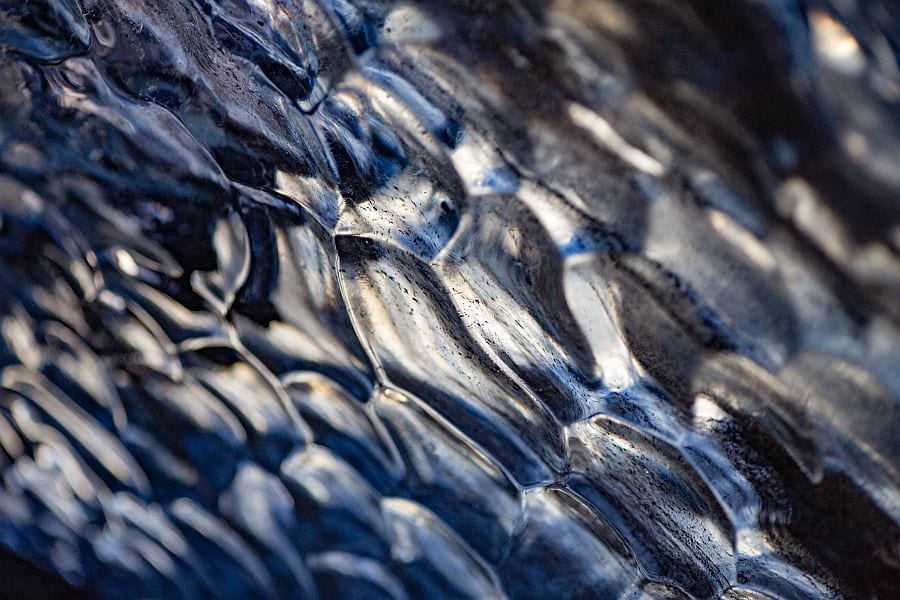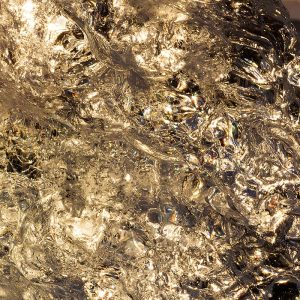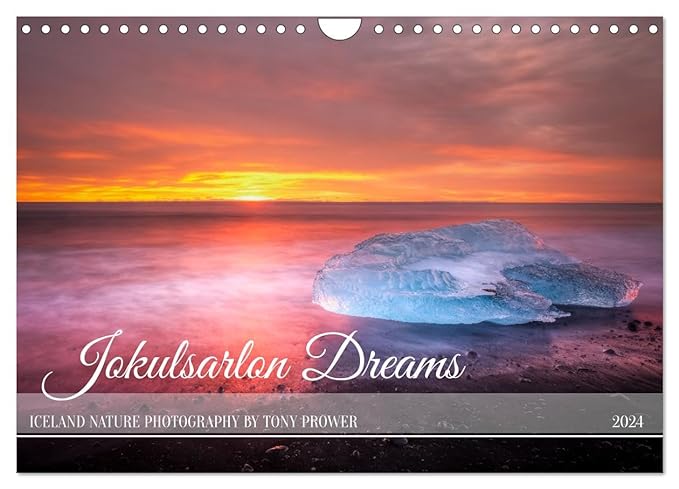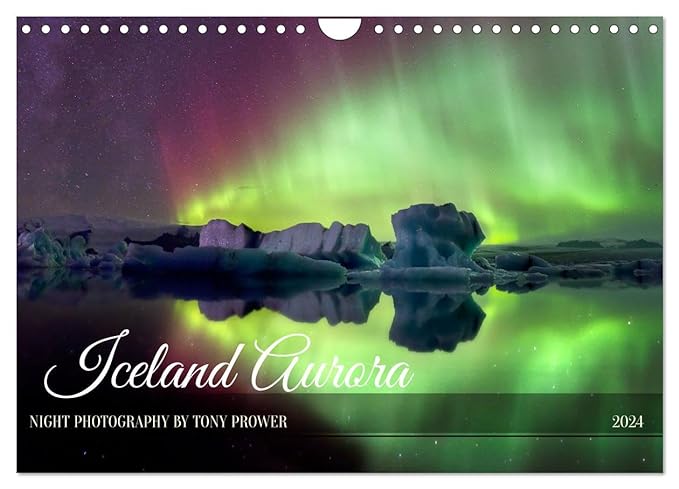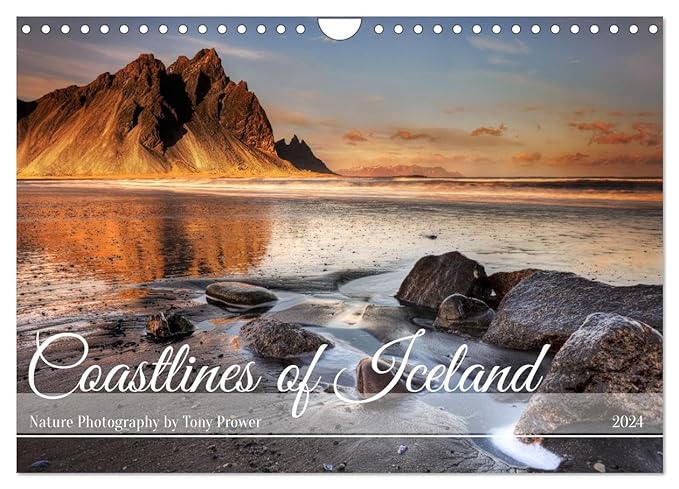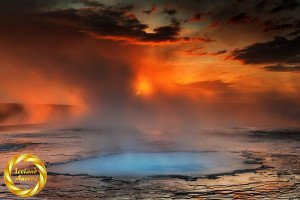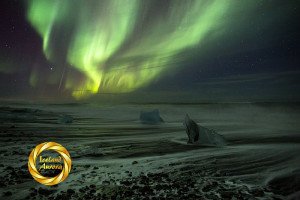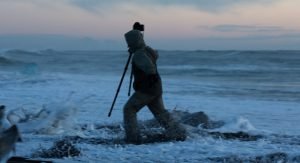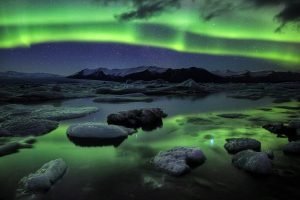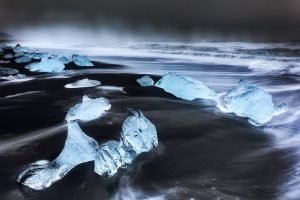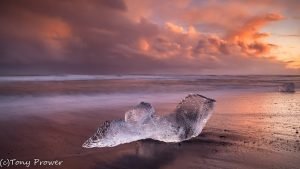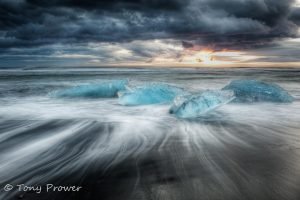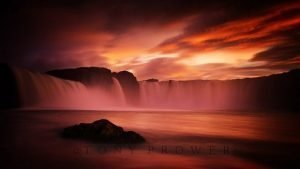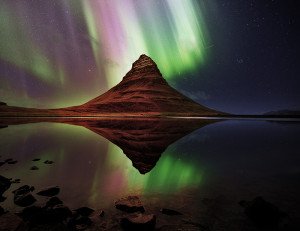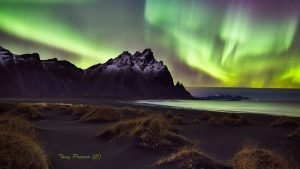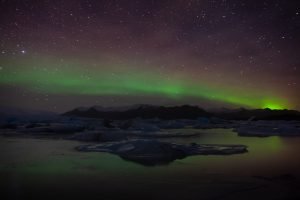Aaargh! Faces are everywhere!
Look deep into this glacier ice close-up photograph. How many faces you can see?
Face perception is thought to be a skill we are born with, faces play a huge role in our survival, so we have a part of the brain dedicated to recognising faces… the Fusiform Gyrus.
If you do see a face in the image, this may be because you have an active Fusiform. If you see several faces, you could be high on drugs or have an over-active fusiform. The Fusiform gyrus not only spots these faces in abstract rocks or ice, but it also helps you establish if it is a REAL face or not.
“Proportions of the Head“. Licensed under Public Domain via Wikimedia Commons.
Private Northern Lights Tours
Applications in photography
So why is it useful for a photographer to know this? Well one subject that Leonardo Da Vinci studied in his observations of human proportion was the face. He belied that the proportions of the Human body mirrored the proportions found in nature.
What do we know about beautiful faces? Most faces we agree are beautiful have near perfect symmetry – what we see is what they see in the mirror. If you have ever looked at a photo of yourself and remarked about how different you look in the mirror, then you are probably quite ugly, but it is not your fault, chances are you are second or third born and your mother tried a starvation abortion.
Fibonacci Ratio
In terms of the ratio of features on measurements along and across the face, good looking people often reflect the Golden Ratio, or Fibonacci proportions.
Ok, so it is a bit of a tenuous link from basic face recognition to Fibonacci Curves, but any link is interesting! Imagine your face detection tool in your camera flashed a blue square for a beautiful face and red for an ugly face. How would you write that software?
“Joconde“. Licensed under CC BY 2.5 via Wikimedia Commons.
Recognising emotions
From a survival point of view, “Face perception” and “Face recognition” are crucial skills for mammals. With such a critical need for early years protection, it is important that very young mammals are able to recognise their parents. It also includes a hell of a lot of emotional interpretation. You might have seen Psychological tests for evoking emotions always revert to displaying faces with “Angry Face”, “Happy Face”, “Confused Face” etc. The Fusiform gyrus has strong connections to emotional and memory centres in the brain.
Uses in Landscape Photography?
Yes, because if your face looks much different in the mirror, at least you know which side of the camera you should be on, this is an important skill for a Landscape Photographer. Seriously though, understanding that the beauty in a face (one of our most important early visual experiences) is a factor of symmetries and ratios, can lead us to be able to recognise this in compositions and post cropping and enable presentations that strike the viewer close to their emotions.
